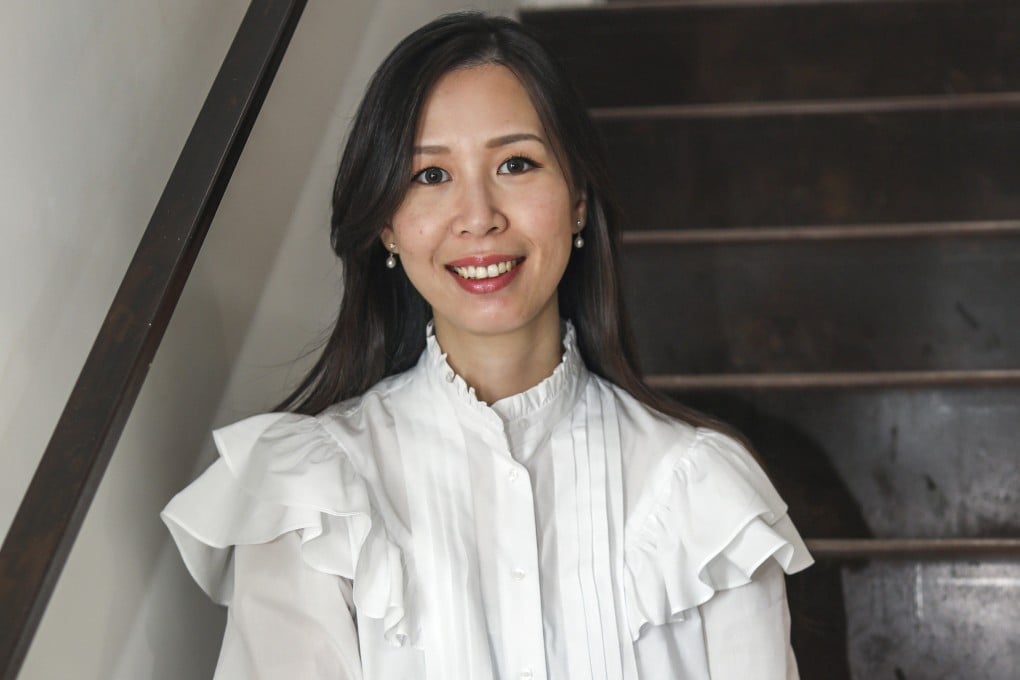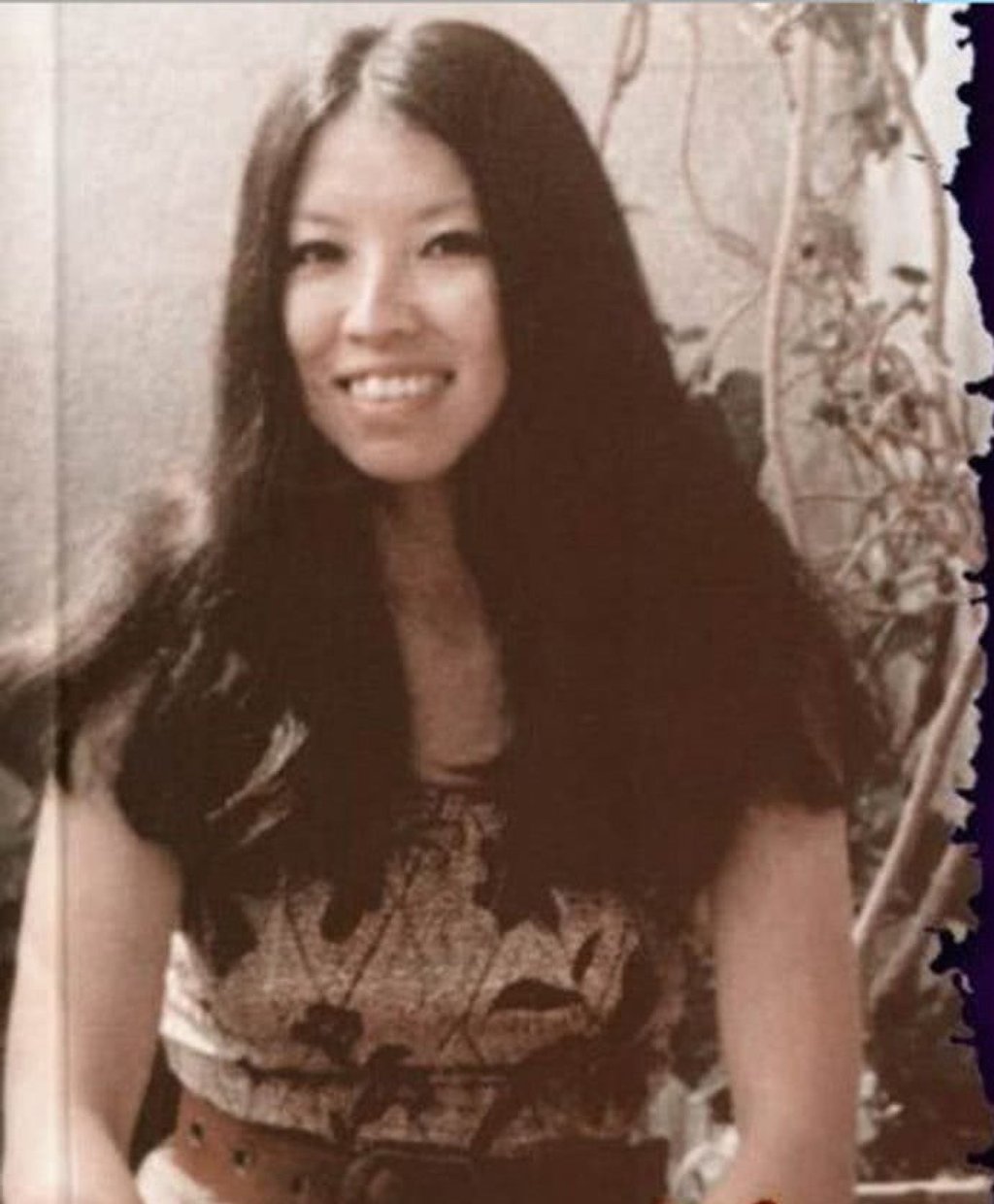How reading travelogue Stories of the Sahara inspired a creative director and opened her eyes to what she could achieve
- Chinese travel writer Sanmao’s depiction of life in El Aaiún, the capital of the Spanish Sahara, had a huge impact on Penelope Luk when she read it in her teens
- Regularly reading the book at different stages of her life gave Luk meaning and guidance, while helping her to become a storyteller too

Stories of the Sahara (1976), the breakthrough and defining work of celebrated Chinese travel writer Sanmao, consists of short stories that together provide a detailed depiction of the author’s life in El Aaiún, the capital of the Spanish Sahara, now Western Sahara, where she moved in the mid-1970s with her Spanish husband, José María Quero, living alongside the local Sahrawi people.
Penelope Luk Wing-shum, creative director of Crafts on Peel, a non-profit foundation dedicated to supporting traditional crafts and contemporary artisans, tells Richard Lord how it changed her life.
From a very early age I loved reading, but I didn’t particularly love novels; travelogues inspired me. I’ve known this writer since I was in my teens, and I’ve read this book more than 10 times. At different stages of life when I read it, I get different things. It definitely changed my life in many ways and made me the current Penny.

She was confronted by a culture that fascinated and confounded her. She loved the landscape but was disappointed by the lifestyle; she was always treated as an outsider. The book is a breathtaking depiction of her adventure but also her misadventures – a very deep, human search for meaning and contentment.